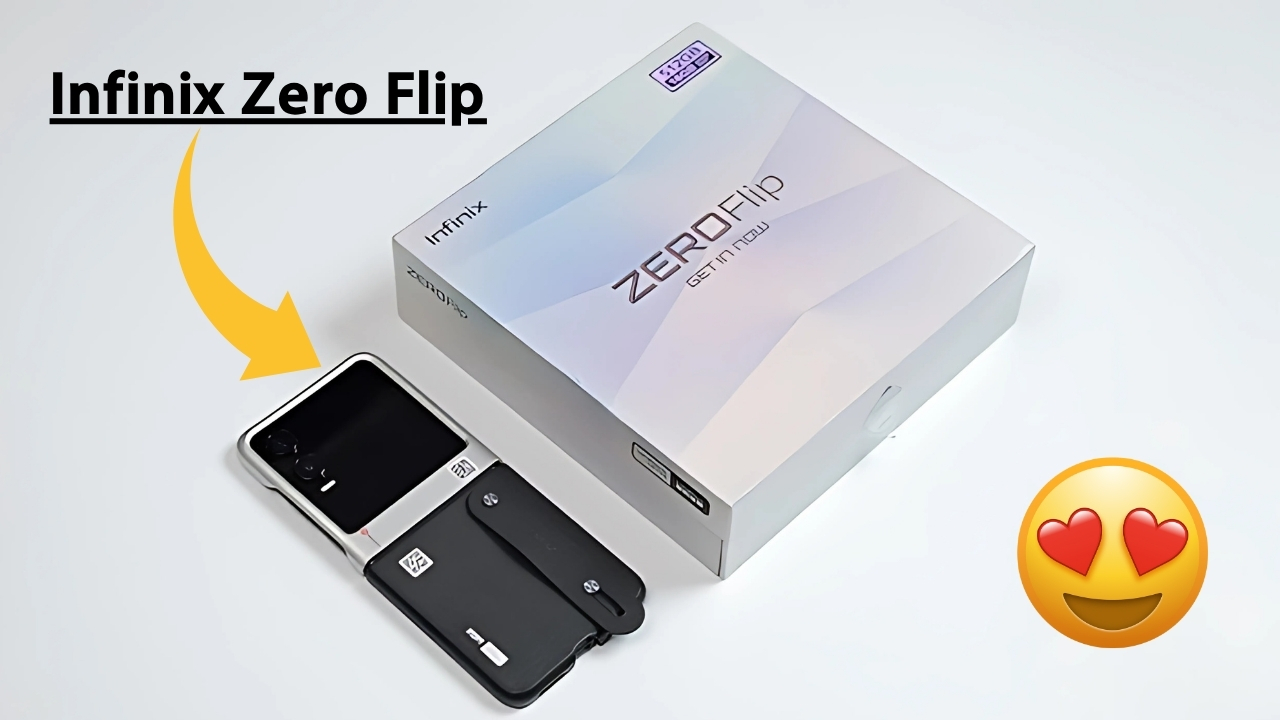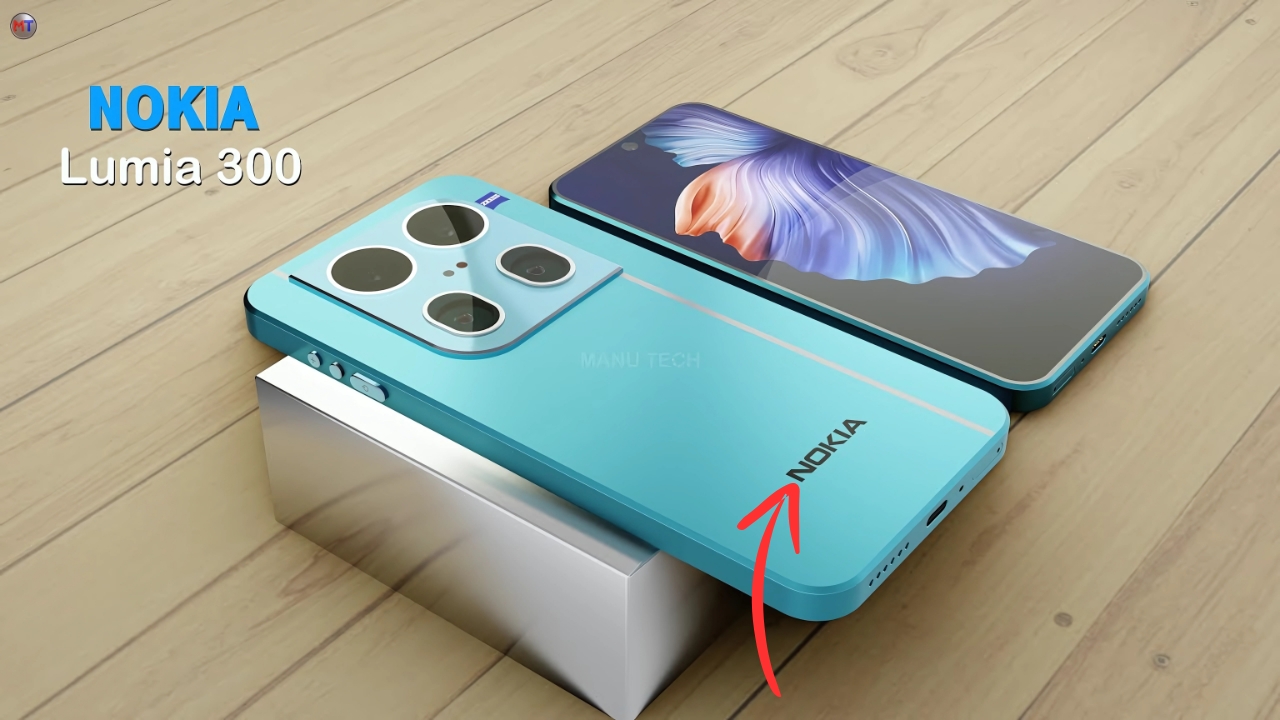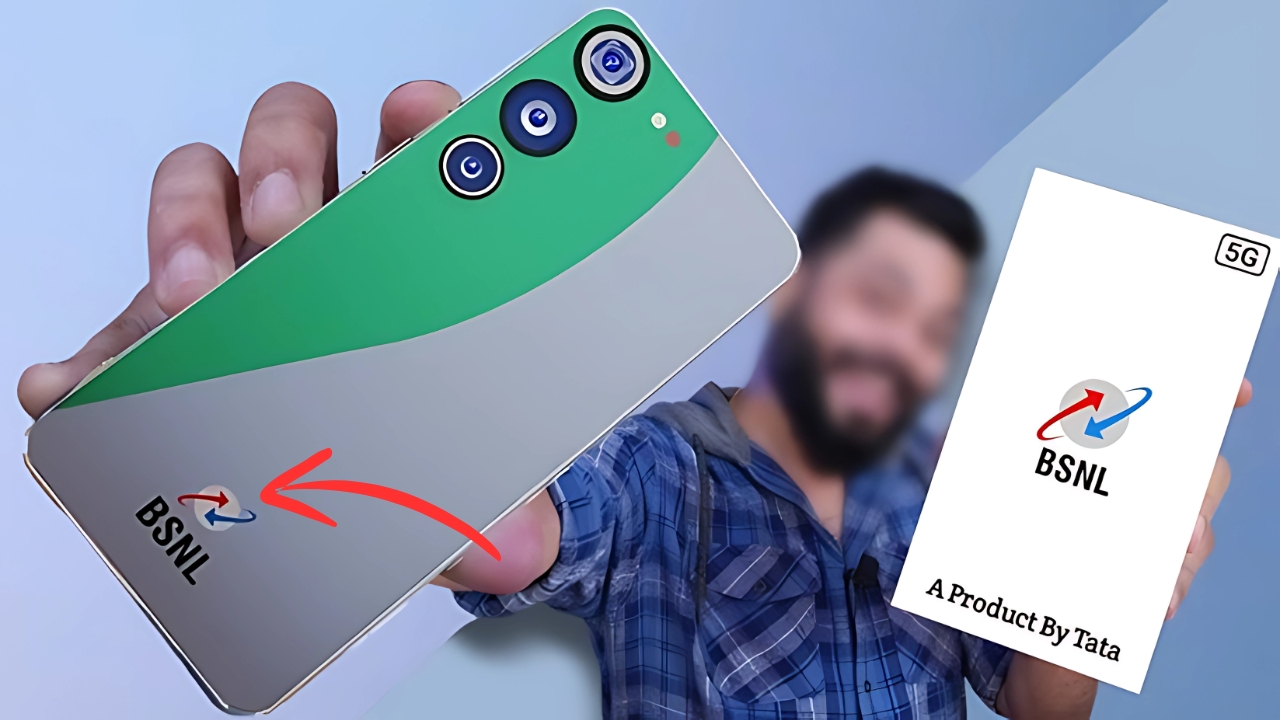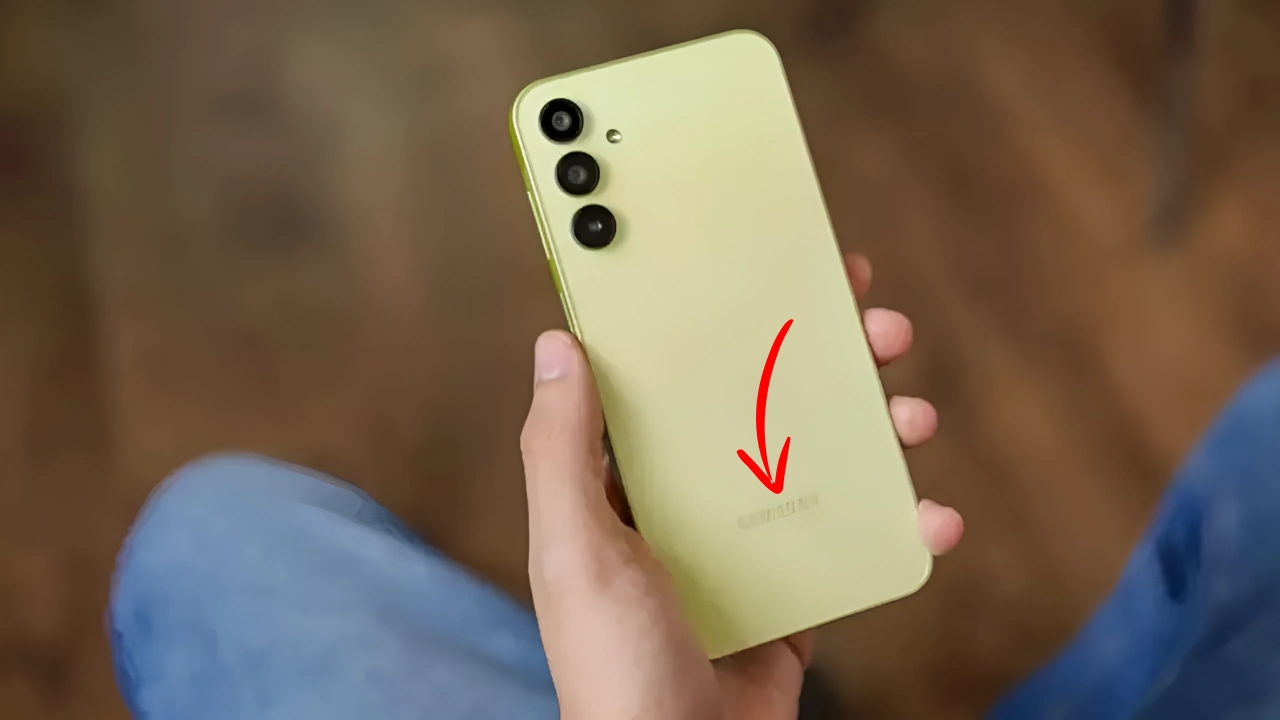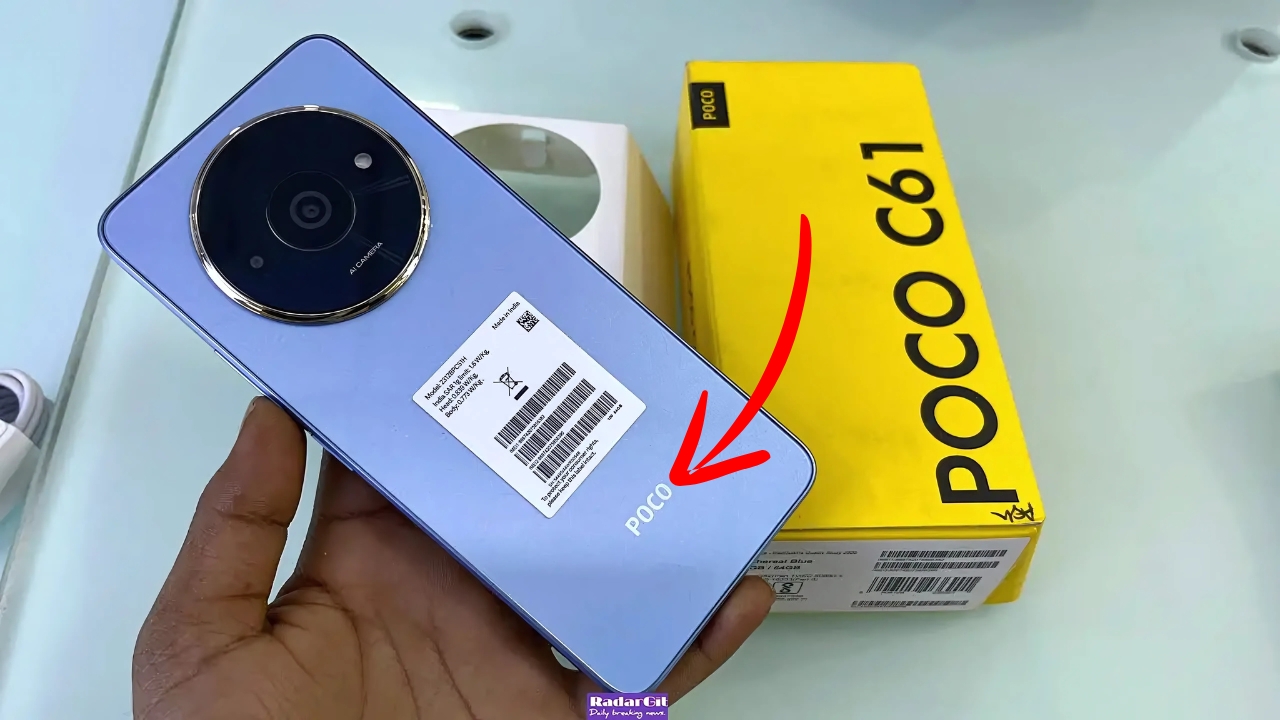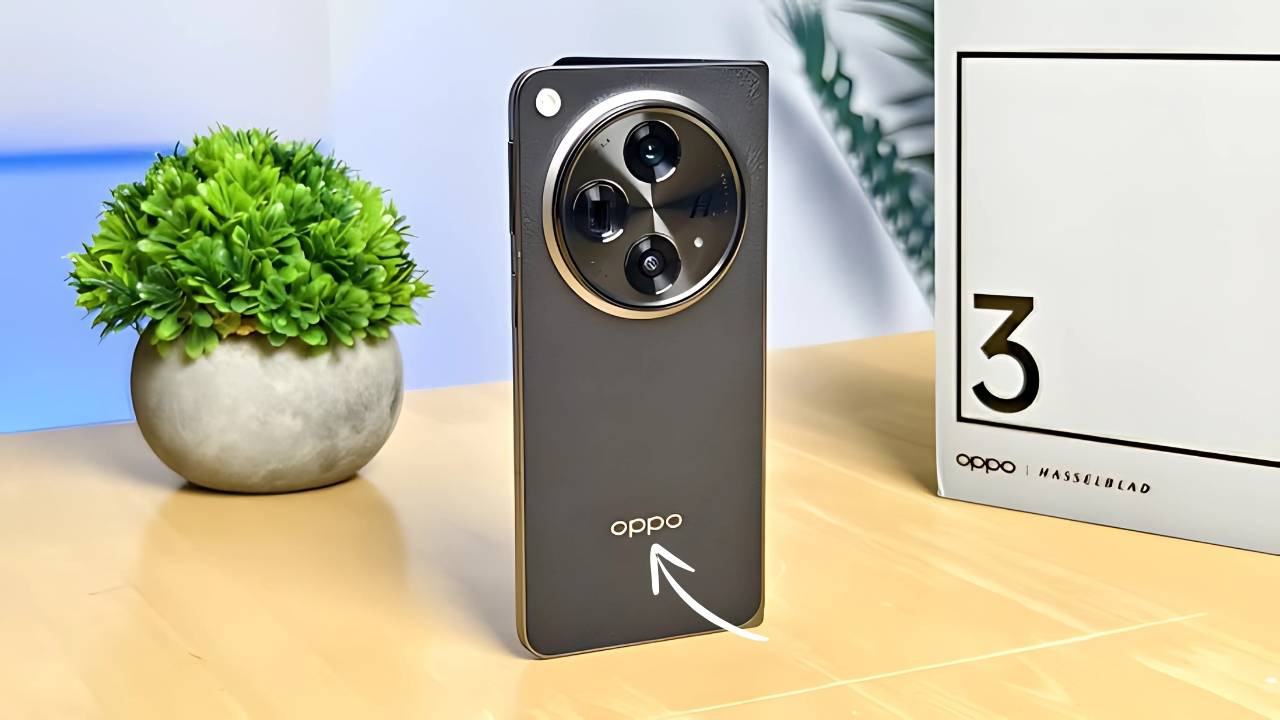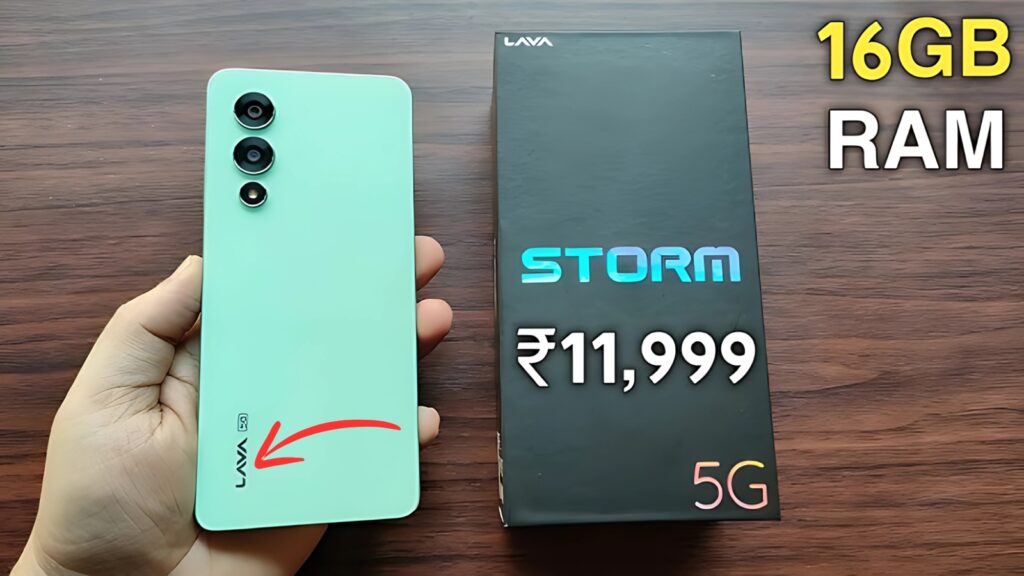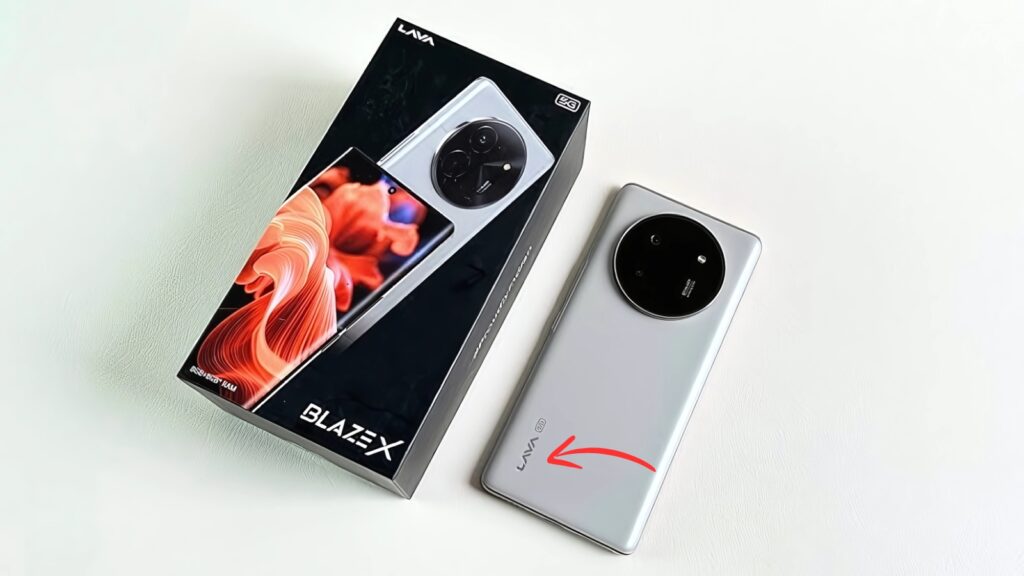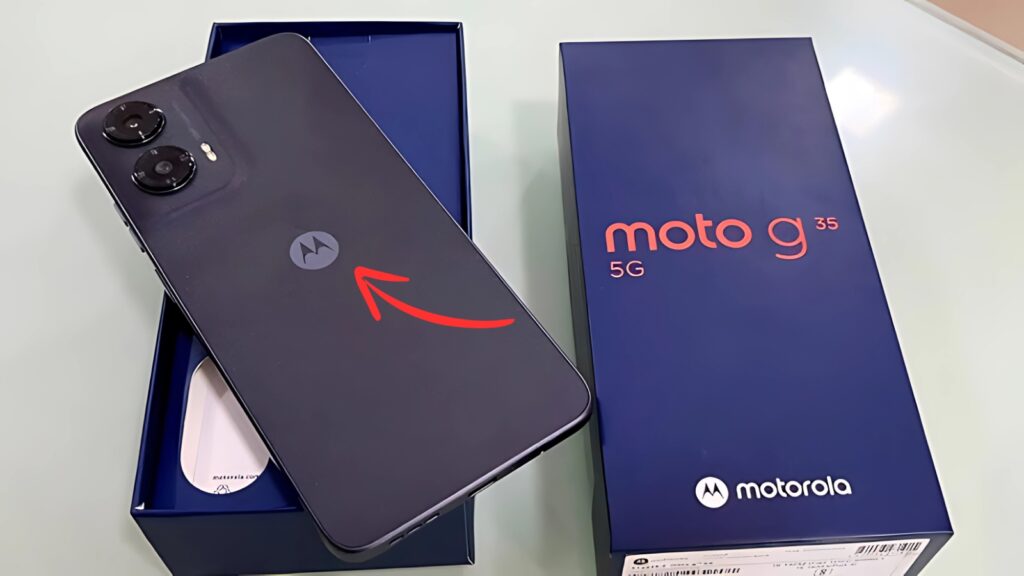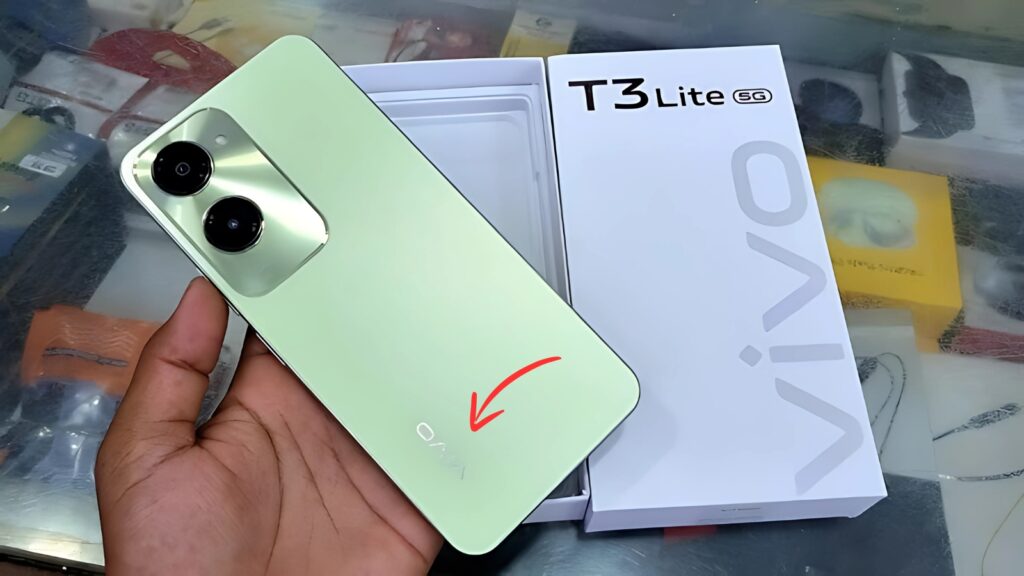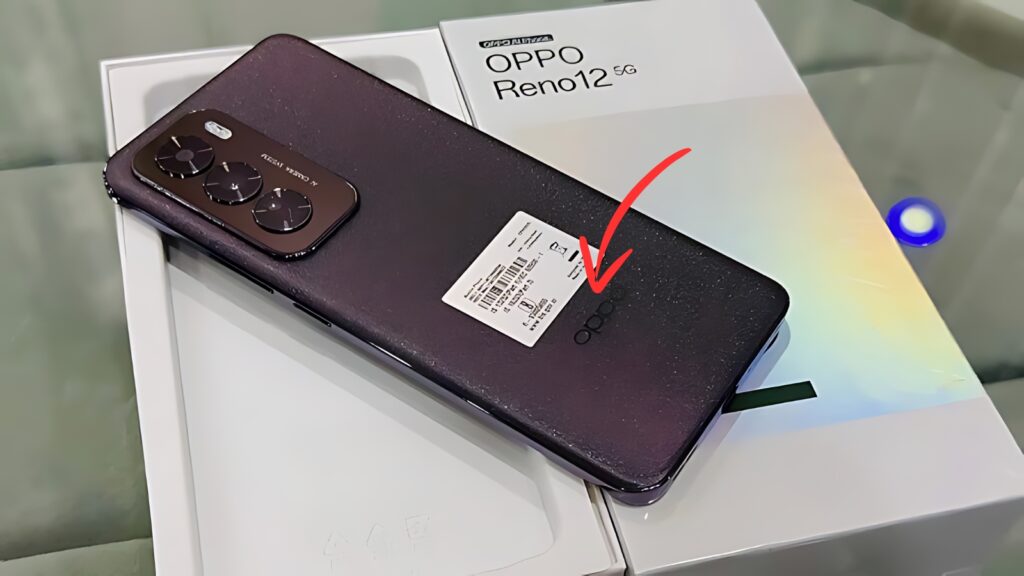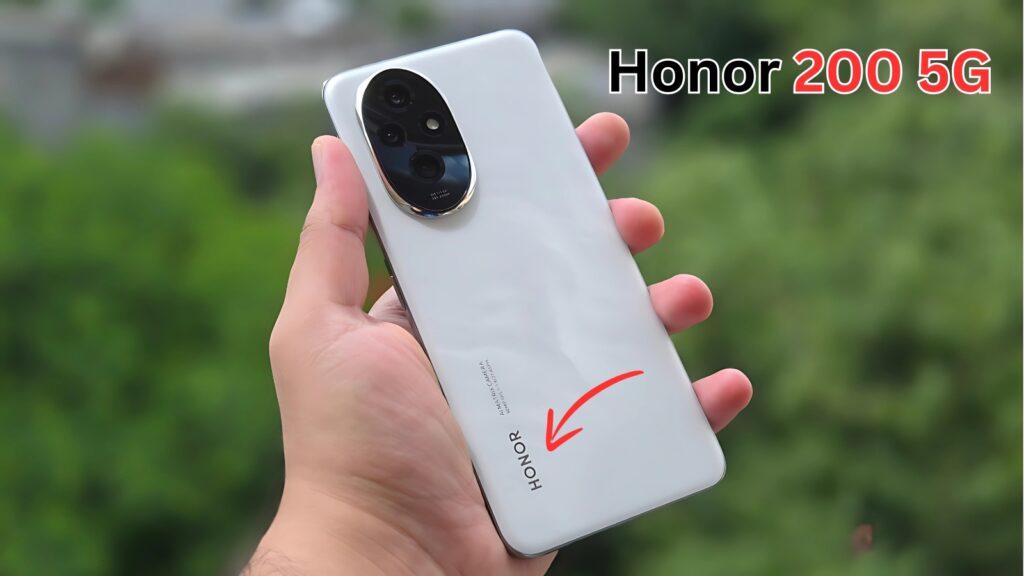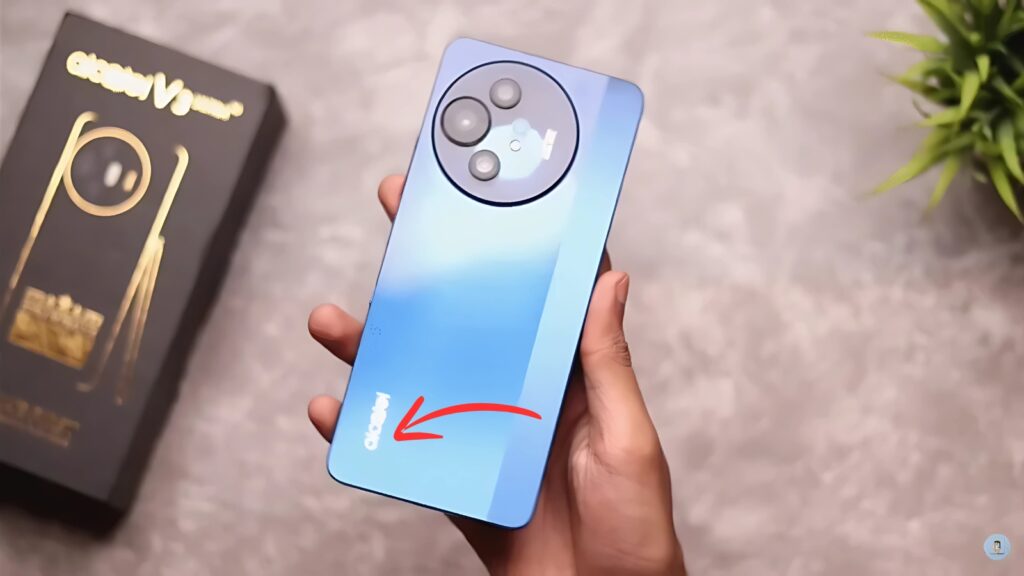Infinix Zero Flip : The foldable smartphone market has long been Samsung’s comfortable playground, with prices that kept most consumers watching from the sidelines.
Enter the Infinix Zero Flip—a device that doesn’t just compete on specifications but fundamentally challenges the notion that foldable technology must remain exclusive to premium buyers.
This unexpected challenger arrives with aggressive pricing that makes Samsung executives lose sleep and consumers reconsider their options.
Price Revolution in Foldable Technology
The Infinix Zero Flip launches at approximately $599 globally, less than half the cost of Samsung’s Galaxy Z Flip series. In India, expected pricing around ₹49,999 positions it against premium conventional smartphones rather than other foldables.
This isn’t achieved through dramatic compromises but intelligent component selection and manufacturing efficiency.
Infinix leverages partnerships with Chinese display manufacturers who’ve perfected foldable screen technology at scale, passing savings directly to consumers.
Regional pricing strategies show even more aggression. Early bird offers reduce prices by additional 10-15%, while exchange programs accept older smartphones at generous valuations.
Student discounts and EMI options starting at ₹4,000 monthly make foldable phones accessible to demographics Samsung never seriously targeted. This pricing disruption forces the entire industry to reconsider foldable phone economics.
Design That Doesn’t Scream Budget
Despite the affordable pricing, the Zero Flip’s design rivals anything from Samsung’s studios. The device unfolds to reveal a 6.9-inch AMOLED display with minimal creases—a achievement considering the price point.
When closed, the compact form factor fits comfortably in pockets that would struggle with conventional smartphones. The hinge mechanism feels solid, with smooth action that inspires confidence rather than concern about durability.
The exterior 3.64-inch cover display proves genuinely useful rather than decorative. Users can respond to messages, control music, take selfies, and check notifications without opening the device.
This implementation matches Samsung’s functionality while adding unique widgets designed for the African and Asian markets Infinix understands deeply. The attention to local preferences shows throughout the interface design.
Camera System That Competes
The 64MP primary camera might not match Samsung’s 50MP sensor on paper, but real-world results tell different stories. Infinix’s image processing, refined through years of smartphone development, extracts impressive quality from the hardware.
Daylight photos exhibit natural colors and good dynamic range. The portrait mode accurately separates subjects from backgrounds, while night mode brightens scenes without excessive noise. For social media sharing—the primary use case—quality satisfies completely.
The cover display transforms into an excellent selfie viewfinder, allowing use of the main camera for self-portraits. This delivers dramatically better results than traditional front cameras, with the added benefit of showing subjects exactly how they’ll appear.
The 32MP internal camera handles video calls adequately when the phone’s open. Samsung’s cameras might edge ahead in extreme scenarios, but average users would struggle to identify differences in typical usage.
Performance Without Compromise
The MediaTek Dimensity 8020 processor powers the Zero Flip, providing performance that handles all typical tasks smoothly. While not matching Samsung’s flagship chips in benchmarks, real-world usage reveals minimal differences.
Apps launch quickly, multitasking remains fluid, and even demanding games run acceptably at medium settings. The 8GB RAM ensures smooth operation, with virtual RAM expansion adding flexibility for power users.
More importantly, the processor’s efficiency contributes to impressive battery life. The 4720mAh battery—split between two cells for the foldable design—easily lasts a full day despite powering two displays.
This endurance matches or exceeds Samsung’s offerings, addressing a common foldable phone complaint.
When charging becomes necessary, 70W fast charging replenishes the battery in approximately 35 minutes, faster than Samsung’s current solutions.
Software Tailored for Foldables
XOS 13 Fold represents Infinix’s first serious attempt at foldable-optimized software, and results impress. The interface adapts intelligently to different folding positions, with apps reformatting smoothly between displays.
Flex mode enables hands-free video calling and photography, while tent mode creates a miniature laptop experience for productivity tasks. These implementations might lack Samsung’s polish but deliver core functionality users actually need.
App continuity works reliably, with content transitioning seamlessly between cover and main displays. The multitasking interface takes advantage of the large screen, supporting up to three simultaneous apps.
Gesture controls designed specifically for foldable use cases improve one-handed operation. While Samsung’s software ecosystem remains more mature, Infinix delivers surprising competency for a first-generation foldable attempt.
Durability Addressing Concerns
Foldable phones face skepticism about long-term durability, and Infinix addresses this directly. The hinge mechanism promises 400,000 folds—equivalent to 100 opens daily for over 10 years.
Water-resistant coating protects against splashes, though lacking Samsung’s full IPX8 rating. The included case protects the device without adding excessive bulk, while screen protectors come pre-applied on both displays.
Infinix offers comprehensive warranty coverage including accidental damage protection—unusual at this price point. Screen replacement costs remain reasonable compared to Samsung’s premium pricing for repairs.
This commitment to affordable long-term ownership addresses practical concerns that keep consumers from adopting foldable technology.
Market Impact Already Visible
Samsung’s response reveals the Zero Flip’s disruptive potential. Recent Galaxy Z Flip price reductions and enhanced trade-in offers directly counter Infinix’s threat.
Marketing messages increasingly emphasize ecosystem benefits and premium features rather than foldable technology itself. Regional markets where Infinix operates report decreased Samsung foldable sales, forcing strategy reconsiderations.
Other manufacturers watch closely, with several preparing affordable foldables for 2025 launch. The Zero Flip proves that foldable technology can escape premium pricing prison, opening possibilities for mainstream adoption.
Industry analysts predict foldable phone prices dropping 40% within two years, directly attributable to Infinix’s market entry.
Infinix Zero Flip Future of Foldable Democracy
The Infinix Zero Flip succeeds not by matching Samsung specification-for-specification but by delivering essential foldable experiences at revolutionary prices.
It demonstrates that innovative form factors needn’t remain exclusive to wealthy early adopters. While Samsung maintains advantages in certain areas, the price differential makes those benefits increasingly difficult to justify.
For consumers wanting to experience foldable future without financial strain, the Zero Flip presents compelling arguments that Samsung can no longer ignore.
